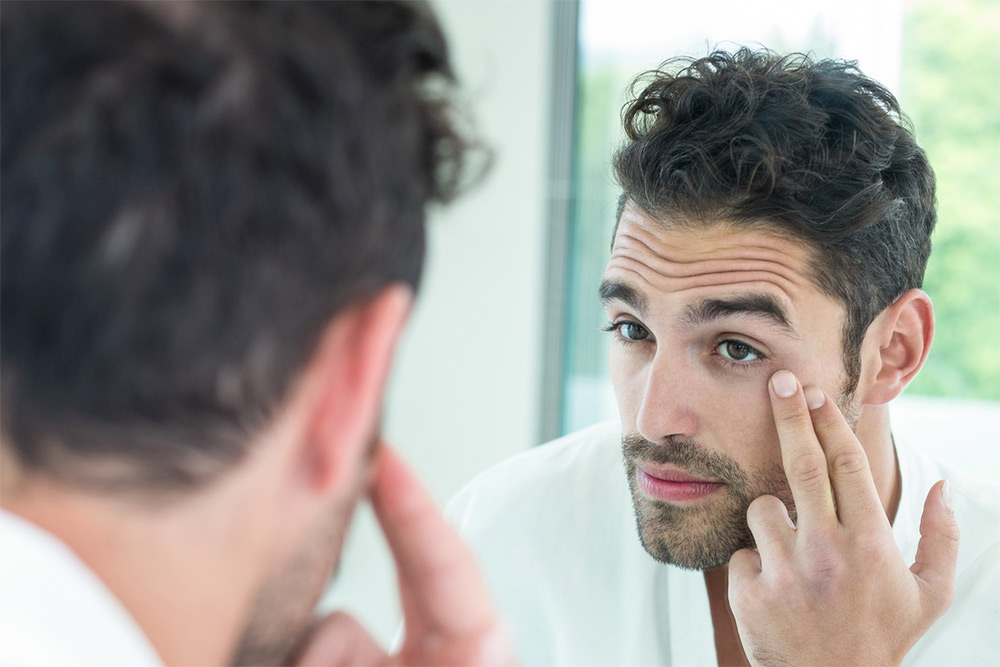
Finding eye bumps, the most common of which are called pterygia and pingueculae, can be quite alarming. While most eye bumps are harmless, a visit to Desert Eyesthetics will help safeguard your vision and ensure your eyes maintain their health. You can always count on our team for outstanding, gentle care.
A pterygium (plural pterygia) is a wedge-shaped growth of abnormal fleshy conjunctival tissue that forms on the eyeball. Pterygia are benign (non-cancerous) and are relatively harmless. However, they sometimes grow large enough to cover the cornea, which can interfere with your vision.
A pterygium usually develops due to frequent exposure to the sun’s UV rays without the protection of a hat or sunglasses. That is why this type of growth is sometimes referred to as a surfer’s eye.
Symptoms of a pterygium may include irritation, itchiness, redness, or burning. If left untreated, a pterygium can potentially distort the shape of the cornea, resulting in blurriness or loss of vision.
Most people will find that eye drops or ointments provide the needed relief. However, if the problem does not resolve or begins to affect your vision, we will likely recommend surgical removal using a relatively simple and low-risk procedure. Recurrence of a pterygium is possible. However, new oculoplastic surgical techniques reduce the likelihood of recurrence and shorten the recovery time, with the eye regaining its normal appearance in just a few short weeks.
A pinguecula (plural pingueculae) is a yellowish, raised non-cancerous growth on the conjunctiva, which is the mucous membrane that covers the front part of the eye and lines the inside of the eyelids. This type of bump usually develops on the side of the eye near the nose but can also grow on the other side.
The most common cause of a pinguecula appearing is frequent exposure to the sun, dust, and wind without protection. The condition is more prevalent in middle-aged and older people but can also develop in younger adults and children.
A pinguecula doesn’t usually cause any symptoms. However, if it prevents the tears from covering the entire area, a condition known as dry eye can develop, resulting in stinging, itching, and the feeling of a foreign object in the eye. In rare instances, a pinguecula can cause extra blood vessels to cover the eyeball, resulting in red, swollen, and inflamed eyes.
Most pingueculae are asymptomatic and require no treatment. However, at times they can interfere with wearing contact lenses or cause discomfort when blinking. A pinguecula can also be a cosmetic concern. In any of these cases, Dr. Garcia, our acclaimed oculoplastic surgeon, will remove your eye growth in a procedure similar to pterygium surgery, with excellent results and a short recovery period.
Both pinguecula and pterygium usually result from exposure to wind, dust, and ultraviolet (UV) light from the sun. The best way to prevent these eye bumps from developing, especially if you’ve had them before, is wearing sunglasses when in the sun, wearing goggles to protect your eyes when in the wind or around dust, and using artificial tears when your eyes are dry.
Visit Desert Eyesthetics to learn more about our effective eye bumps treatment options. Dr. Garcia will create a fully personalized treatment plan to address your unique needs and safeguard your eye health. Expect outstanding, gentle care. Call us and schedule your appointment today!